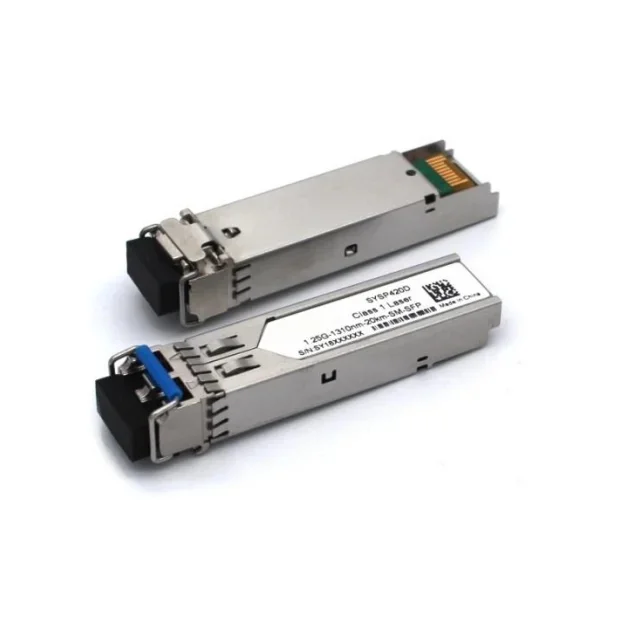What are the factors that affect the price of optical modules

Optical modules are an important component in the field of optical communications and are widely used in data centers, communication networks, optical fiber transmission systems, and other fields. Price is one of the important factors that influence users’ purchasing decisions. This article will analyze the factors affecting the price of optical modules from multiple aspects.

First of all, the technical level is one of the important factors affecting price. With the continuous advancement of science and technology, the technical level of optical modules is also constantly improving. New generations of optical modules tend to have higher transmission rates, lower power consumption, and smaller sizes. These technological innovations not only improve the performance of optical modules but also increase their manufacturing costs. Therefore, the higher the technical level, the higher the price.
Secondly, materials and manufacturing processes will also have an impact on price. The core components of the optical module are lasers and photodetectors. Their materials and manufacturing processes directly affect the performance and cost of the optical module. For example, using more advanced semiconductor materials and manufacturing processes can improve the efficiency and reliability of lasers and photodetectors, but it can also increase manufacturing costs. In addition, the packaging materials and processes of the optical module will also have an impact on the price. High-performance packaging materials and precise packaging processes can improve the reliability and anti-interference capabilities of optical modules, but they will also increase manufacturing costs.
Third, market demand and supply conditions will also have an impact on product prices. The demand and supply status of the optical module market is one of the important factors that determine the price. When market demand exceeds supply, prices tend to rise; conversely, when supply exceeds demand, prices tend to fall. In addition, market competition will also have an impact on the price of optical modules. When there are multiple competing suppliers in the market, they tend to compete for market share by lowering their prices.
Fourth, the brand and channel of the optical module will also have an impact on the price. Well-known brands tend to have higher prices because they usually have better quality and service. In addition, sales channels will also have an impact on price. Some optical module suppliers sell through direct sales channels, which can reduce intermediate links and lower prices; while some optical module suppliers sell through agents or distributors, and the prices tend to be relatively high.
Finally, international trade policies and exchange rate fluctuations also have an impact on prices. Optical modules are one of the important products in international trade. Therefore, changes in international trade policies will have a direct impact on the price of optical modules. For example, an increase in tariffs will cause the price of optical modules to rise. In addition, exchange rate fluctuations will also have an impact on the price of optical modules. When the domestic currency depreciates, the price of imported optical modules will increase; conversely, when the domestic currency appreciates, the price of imported optical modules will decrease.
To sum up, the factors that affect the price of optical modules include technical level, materials, and manufacturing processes, market demand and supply conditions, brands, and channels, as well as international trade policies and exchange rate fluctuations. Understanding these factors is very important for users to choose appropriate optical modules and formulate reasonable purchasing strategies.
https://www.fineconnco.com/What-are-the-factors-that-affect-the-price-of-optical-modules.html

- Art
- Causes
- Crafts
- Dance
- Drinks
- Film
- Fitness
- Food
- Giochi
- Gardening
- Health
- Home
- Literature
- Music
- Networking
- Altre informazioni
- Party
- Religion
- Shopping
- Sports
- Theater
- Wellness


